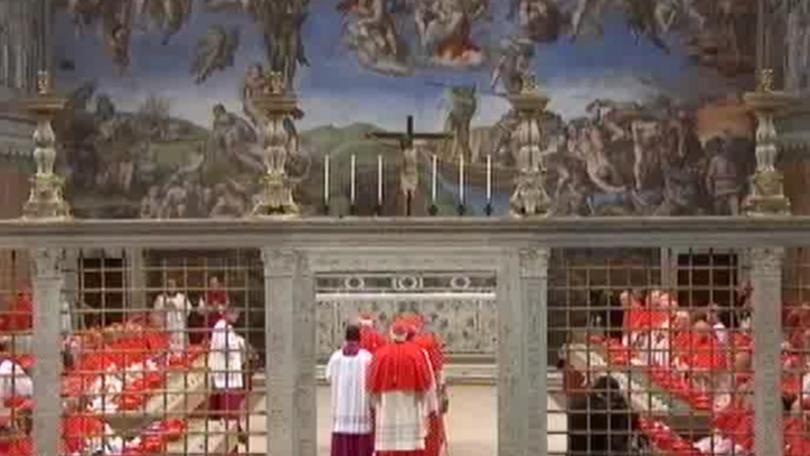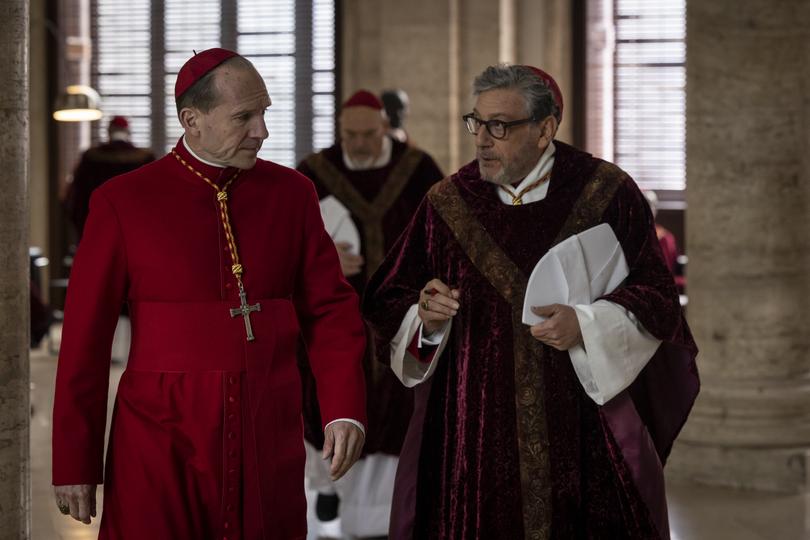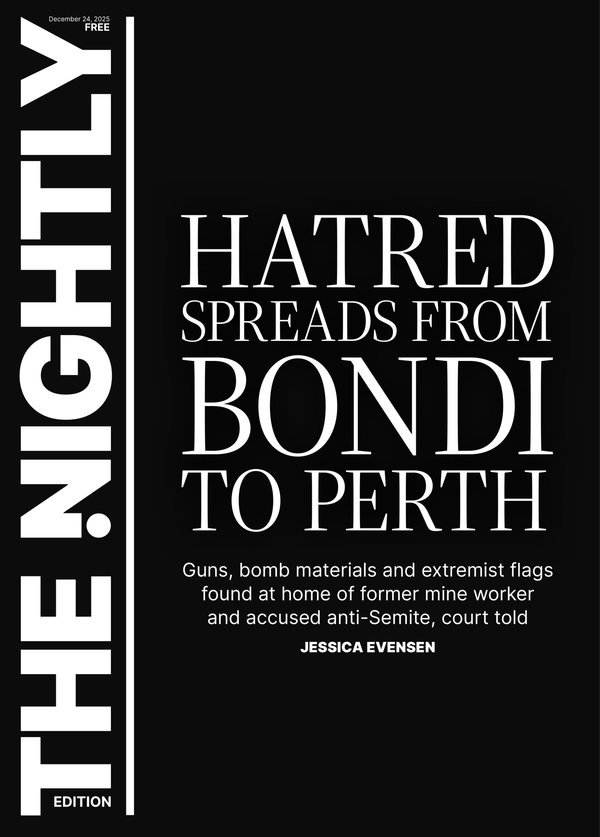THE WASHINGTON POST: What happens after the pope dies? From tolling bells to conclave smoke.

The death of Pope Francis sets in motion a carefully orchestrated transition aimed at ensuring the stability and continuity of the Roman Catholic Church, with its nearly 1.4 billion followers around the world. The process is steeped in history and governed by formality - though Francis toned down certain aspects in guidance issued last fall. Here’s what to know.
The announcement
The pope’s death is certified by the Vatican’s director of health and hygiene, under the supervision of American Cardinal Kevin Farrell, who serves in the role of “camerlengo” and facilitates the papal transition. In accordance with tradition, Farrell will direct the sealing of the pope’s apartments with a red ribbon, wax and a Vatican stamp. It also falls to the camerlengo to arrange for the destruction of the lead papal seal and the papal ring, which are unique to each pope. That destruction prevents forgeries and symbolically signals that the church has entered a period of “sede vacante,” when the throne of St. Peter is empty.
Sign up to The Nightly's newsletters.
Get the first look at the digital newspaper, curated daily stories and breaking headlines delivered to your inbox.
By continuing you agree to our Terms and Privacy Policy.The tolling of the bells of St. Peter’s Basilica accompanies the public acknowledgement of the death of the pope.
The viewing
The body of Pope Francis, dressed in red, will remain in his private chapel until a public viewing in the basilica. Previous popes were placed on a raised bier during the viewing period, but Francis did away with those guidelines, and his body will lie directly in a zinc-lined coffin.
The funeral
A pope’s funeral typically takes place four to six days after his death and marks the start of nine days of mourning. The Mass for Pope John Paul II in 2005 was three hours long. But the Mass Francis led for Pope Benedict XVI in 2023 was 90 minutes. Church watchers expect that Francis - although a sitting pope and not a retired one - would have requested a similarly reduced service for himself.
The burial
The new guidelines stipulate use of a single coffin rather than the three nested coffins that previous popes have been buried in. And although St. Peter’s Basilica is the most common choice for papal burials, with more than half of popes interred there, Francis told an interviewer in 2023 that he wished to be buried at Rome’s Santa Maria Maggiore Basilica instead. That church held personal significance for him, and he prayed there in front of the icon of the Virgin Mary after returning from his overseas trips.
The conclave
Fifteen to 20 days after the pope’s death, red-cloaked members of the College of Cardinals will gather in the Sistine Chapel, beneath Michelangelo’s painted ceiling, to choose the next pontiff. It’s an exercise cloaked in secrecy, though sometimes depicted in popular culture, most recently in the film Conclave.
The term “conclave” comes from the Latin phrase “cum clave,” “with a key,” as the cardinals are locked away in the Vatican and forbidden from communicating with the outside world until they produce a result. Both Francis and Benedict were selected on the second day of voting. But more cardinals are eligible to participate in this conclave - 135 compared with 115 - and there is no front-runner, so it could take longer.

Although there is no requirement that the pope be selected from the College of Cardinals - Catholic canon requires only that candidates be male and Catholic - the group has not selected anyone outside its members since 1378.
As laid out in the account of the US Conference of Catholic Bishops, voting takes place by secret ballot, with each cardinal dropping the name of his choice on a twice-folded paper into a large chalice. The ballots are read aloud and tallied. To be elected pope, a candidate must receive the support of two-thirds of those voting. After each unsuccessful vote, the cardinals burn the ballots and activate a cartridge of chemicals that will release black smoke through a chimney visible from St. Peter’s Square.
The new pope
Once the cardinals elect a new pope, the dean of the College of Cardinals - currently Cardinal Giovanni Battista Re of Italy - asks whether he will accept the responsibility, and, if so, what his papal name will be. The cardinals pledge their obedience to the new pope, who is fitted in a white cassock and skullcap before being presented to the world.

The public announcement comes in the form of white smoke, produced by a different set of chemicals. The protodeacon, or senior deacon of the College of Cardinals - currently Cardinal Dominique Mamberti of France - then goes out to the balcony of St. Peter’s to declare, “Habemus papam”: “We have a pope.”
Anthony Faiola, Chico Harlan, Marisa Bellack and Stefano Pitrelli contributed to this report.
© 2025 , The Washington Post
